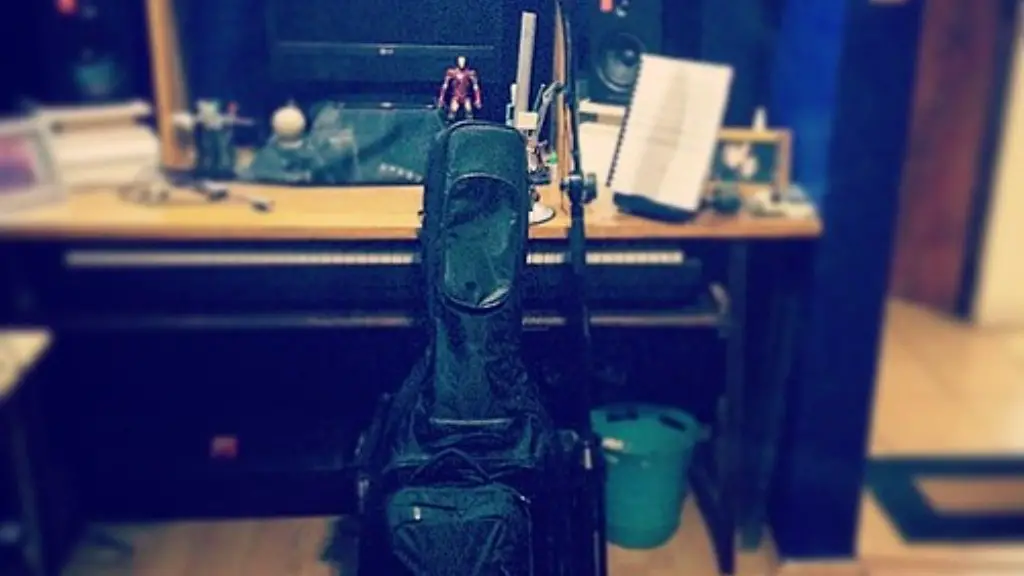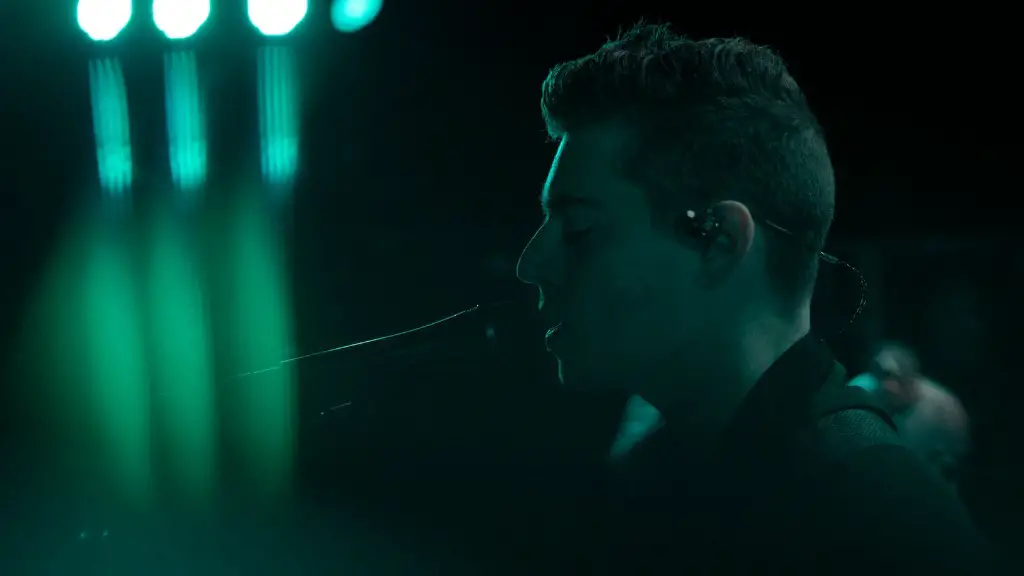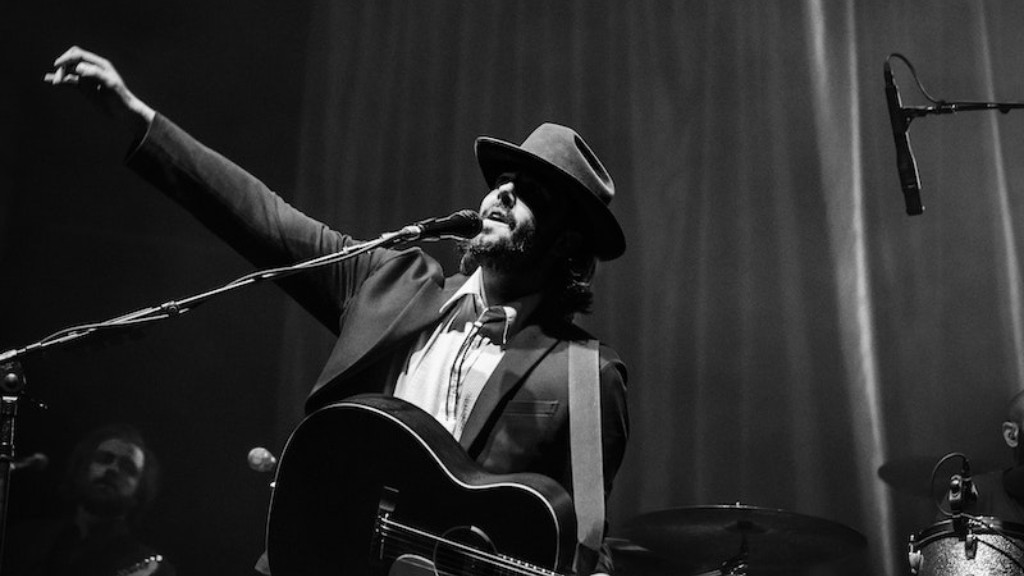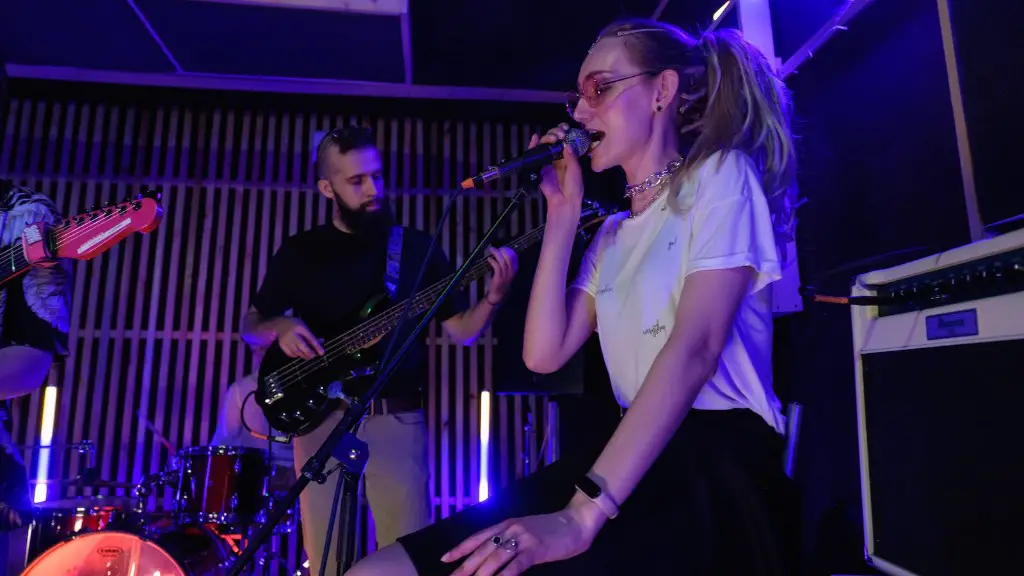Baroque music is characterized by its ornate, dramatic style. It is often complex and highly emotional, with a heavy emphasis on harmony and counterpoint. Composing baroque music requires a mastery of these compositional techniques, as well as a deep understanding of the genre’s history and traditions. In this article, we will explore the basics of how to compose baroque music.
In order to compose baroque music, one would need to familiarize themselves with the basic characteristics of the genre. These include the use of ornate melodic lines, flashy virtuosic passages, and grandiose harmonic progressions. Once these compositional devices have been understood, it is then up to the composer to create their own original work that embodies the baroque spirit.
What are Baroque composing techniques?
Baroque composers were fond of writing contrapuntal music. This compositional technique involves the simultaneous use of different melody lines which weave together to create a coherent whole. The music of Bach, in particular, is still studied today when learning about counterpoint.
There are several important concepts to keep in mind when thinking about music of the Baroque period. First, there was a belief that music could be a powerful tool of communication. This meant that music was often used to convey messages, both good and bad. Second, the realities of patronage meant that music was often written to please those in power. This could lead to contrast as a dramatic element in music, as composers sought to please their patrons while also writing music that was accessible to the wider public. Finally, the advent of monody and the basso continuo ushered in a new era of music-making, one in which composers had more freedom to experiment with new sounds and structures.
What makes a composition Baroque
The Baroque period was a time of great creativity and artistic experimentation. Artists of the time sought to push the boundaries of art, often resulting in works that were grand in scale and rich in detail. This period was also marked by a dramatic increase in the use of movement and tension in art, as well as a new focus on the emotional power of art. These innovations helped to create a new level of excitement and energy in the arts, which has continued to influence artists to this day.
Baroque music is a style of music that originated in the early 1600s. It is characterized by its ornate, dramatic style and its use of contrast and polyphony. Baroque music often features lots of ornamentation, contrasting sections, and a harpsichord continuo.
What are the four 4 main characteristics of Baroque music?
The Baroque music period was one of the most important in the history of Western music. It was characterized by a number of important innovations, including the development of contrast, layered melodies, monody, dynamics, and ornamentation. These innovations helped to create the distinctive sound of Baroque music, which is still admired and enjoyed today.
The Baroque period was a time of great creativity in the arts, with many different traditions and styles emerging. Spectacle, movement, and illusion were all important aspects of Baroque art, and biblical genre painting was a popular genre during this time.
What is the rhythm of Baroque music?
The baroque music rhythm was not flexible. Rhythm refers to the music’s pattern or the most repeated sound. In the seventeenth and eighteenth centuries, the rhythm was steady, pulsed constantly, and avoided very slow or fast tempos. Later, the rhythm became regular and definite, whereby the bar lines defined the meter.
Baroque music was a style of music that prevailed during the period from about 1600 to about 1750. It was known for its grandiose, dramatic, and energetic spirit but also for its stylistic diversity. Baroque music was a style of music that was very popular during the 17th and 18th centuries. It is characterized by its ornate, dramatic style and its use of embellishments.
What are 2 facts about Baroque music
Instrumental music was an important part of the Baroque era, and the concerto was a key genre. Two of the greatest concerto composers were Corelli and Vivaldi. Opera also played a role in shaping Baroque music, as it encouraged composers to find ways of illustrating moods and affecting the emotions of listeners. This became a major goal of composition during this period.
The Rule of Thirds is a rule of thumb or guideline which states that an image should be divided into thirds, both horizontally and vertically, and that the key elements of the image should be placed along those lines or their intersections.
Iconic composition is about placing your subject in a way that is immediately recognizable. The most iconic images are often quite simple, with the subject placed in the center of the frame.
Leading the eye is a technique used to direct the viewer’s gaze towards a certain element in the image, using lines, shapes, colors, or contrast. By leading the eye, you can control the viewer’s experience of the image and what they take away from it.
What are the 8 characteristics of Baroque music?
Baroque music is primarily characterized by its melody. Music from this era was derived from a single melodic idea, as shown under the brackets in the example below. This created a more focused and intense listening experience.
Baroque music also featured prominently rhythms that were complex and often syncopated. This gave the music a feeling of forward momentum and excitement. Additionally, dynamics were an important aspect of Baroque music. Performers would often alternate between loud and soft sections to create a sense of contrast and tension.
The texture of Baroque music was typically quite thick, with multiple layers of instruments playing at once. This was due in part to the popularity of the concerto grosso form, which featured a small group of soloists (the concertino) pitted against the rest of the orchestra (the ripieno).
Baroque music was also defined by its tonality, which was typically major-minor. This created a sense of stability and resolution after the often chaotic and dissonant melody lines.
finally, the form of Baroque music was typically quite simple, repeating sections A-B-A or A-B-A-B. This helped to create a sense of cohesion and familiarity for
The Baroque period is a time of great creativity in the arts, with artists working in a wide variety of mediums to create portraits, landscapes, religious works, and other pieces that are still admired today. The period is divided into three major phases, each with its own distinct style: early Baroque, middle Baroque, and late Baroque. While there is some overlap in time between these phases, they are typically dated from 1580 to 1650, from 1630 to 1700, and from 1680 to 1750.
What chords are used in Baroque music
There are three main types of chords in tonal music: tonics, sub-dominants, and dominants. Each has a different function in the tonal system and creates a different effect.
Tonics are the most stable and provide a sense of resolution. They are usually the starting point or “home base” in a piece of music. The most common tonic chords are the I, iii, and vi.
Sub-dominants are less stable than tonics and create a sense of movement or tension. They usually lead to the tonic or dominant. The most common sub-dominant chords are the ii and IV.
Dominants are the most unstable and create a sense of anticipation or tension. They usually lead to the tonic or sub-dominant. The most common dominant chords are the V and viiº (sometimes iii is used as a dominant also).
The Baroque was a movement that exhibited tremendous themes as monumental spectacles: intense light, grand visions, ecstasies and death, religious conversions, martyrdom, and a commitment to religious commemoration. This period in art history was incredibly influential in convincing people of the power of art and the role it could play in both religion and society. The scale and drama of the works produced during the Baroque period is still unmatched and continues to awe viewers to this day.
What is the most important word for Baroque music?
A motet is a form of early polyphonic music that usually consists of a musical setting of a Christian text. The motet began in the 13th century and continued to be popular during the Baroque era. In the Baroque era, motets often featured elaborate musical settings of Latin texts, and they were often performed by choirs during church services.
Baroque music is great for studying because it generally has a slow and steady beat. This helps to stabilize mental, physical, and emotional rhythms, creating a strong mental environment for focusing and concentration. If you find yourself getting easily distracted or feeling overwhelmed while studying, try listening to some baroque music to help you stay on track.
What is the difference between Baroque and classical
Baroque music is generally more complex and ornate than music from the Classical period. There is often more of an emphasis on individual notes and chords, and less focus on clear musical phrases. The harmonies in Baroque music can be quite complex, with many different notes and chords sounding simultaneously.
The basso continuo is the constant element in all Baroque textures (apart from solo keyboard and lute music). Because the continuo supplies the complete harmonies, the composer is free to write any number of melodies above it.
Warp Up
There are a few key things to keep in mind when composing baroque music:
1. The basic structures and musical forms associated with the baroque period. These include the dance suite, the Ground bass, and the fugue.
2. The typical instrumentation of the baroque orchestra, which typically includes string instruments, woodwinds, and brass.
3. The use of ornamentation and embellishment in baroque music. This can include trills, turns, and other decorative flourishes.
4. The overall aesthetic of the music. Baroque music is known for its grandeur and majesty, so keep this in mind when creating your piece.
Baroque music can be composed by following a few simple steps. First, choose the mode or key that you want to compose in. Second, choose the instruments that you want to use. Third, write the melody and countermelody. Fourth, add the harmony. Fifth, add the bass line. Sixth, add the flourishes. Seventh, add the chord progressions. Eighth, add the dynamics. Ninth, add the tempo. Finally, add the how to end the piece.



